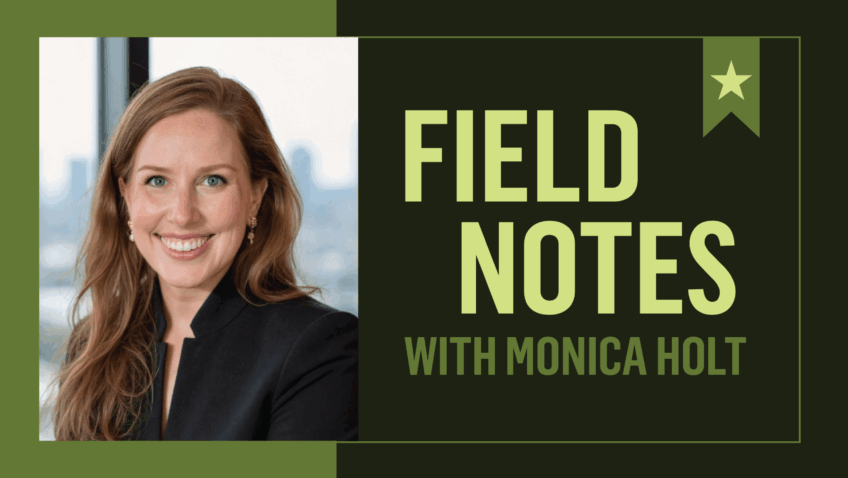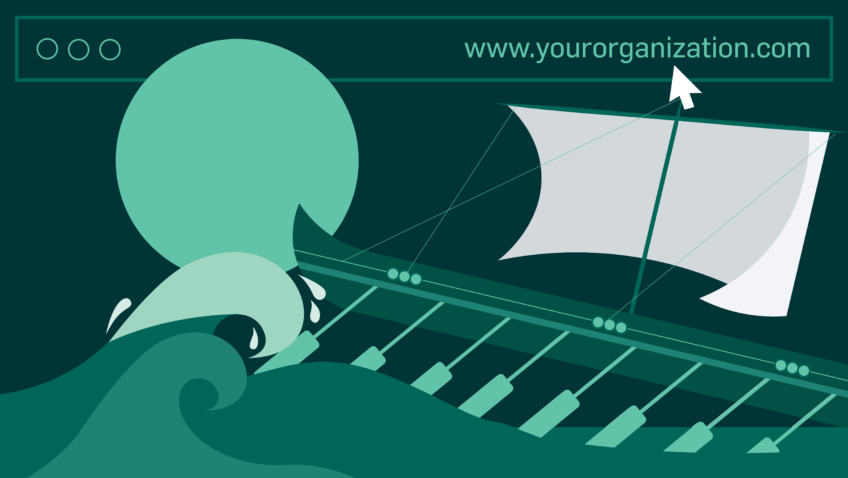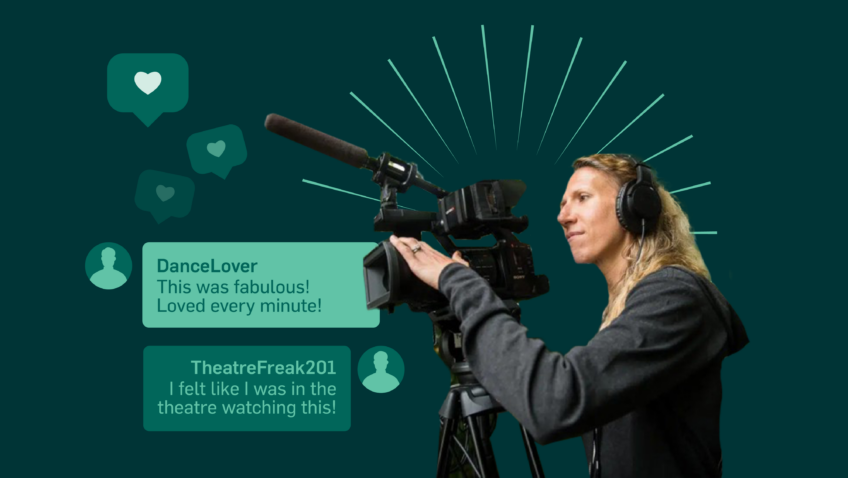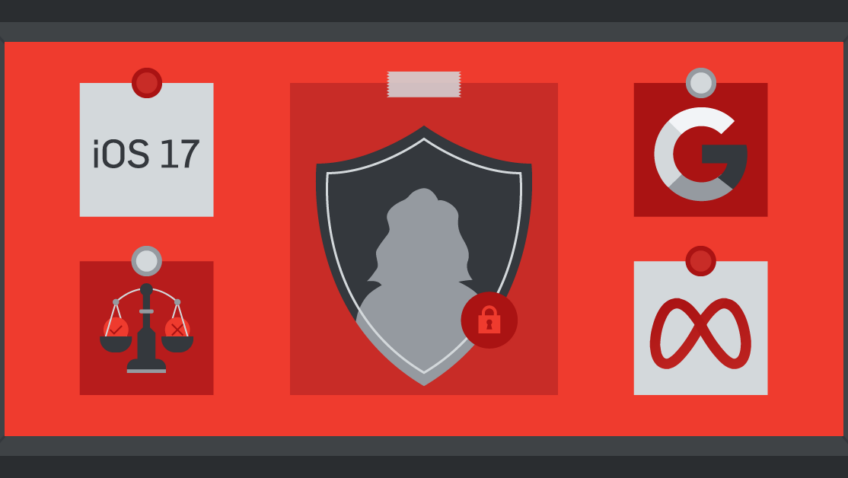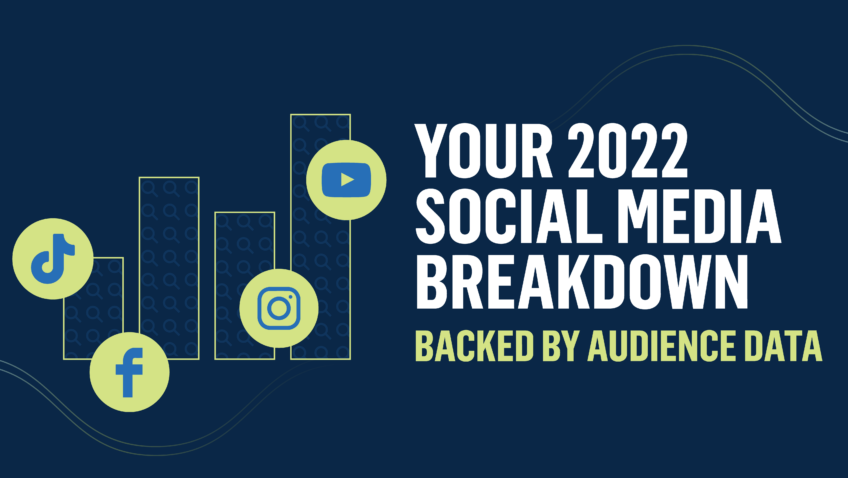6 Tips for Fostering Connection from Wichita Symphony Orchestra
Building Bridges for New Audiences
Across the arts—from concert halls to galleries, theaters to cinemas—we all face a common challenge: drawing in new audiences and helping them feel welcome in spaces that can feel unfamiliar or intimidating.
We know our art forms have the power to connect and inspire, but jargon-filled marketing materials (raise your hand if your “short and sweet” email copy was traded for “historically accurate and encapsulating” rewrites from colleagues) and unspoken etiquette rules can create barriers that keep newcomers at arm’s length.
Over the years, I’ve become fascinated with finding new ways to break down these barriers to attendance. As Wichita Symphony Orchestra’s Concertmaster and Partner for Audience Engagement, I have the privilege of creating experiences that welcome people from all walks of life into the concert hall—whether they’re lifelong classical music lovers or curious newcomers.
Here’s what I’ve learned about creating spaces that are accessible, fun, and meaningful so that audiences can enjoy the art on their own terms.
1. THINK LIKE A FIRST-TIMER
One of the best ways to empathize with new audiences is to step into their shoes. It’s so easy for those of us inside our organizations to forget what it’s like to be the new kid on the block, experiencing the magic of our venues—and, let’s be honest, the frustrations—for the very first time.
For a little perspective, try attending an event where you know nothing about the subject. For me, it was attending a hockey game in Chicago, where I quickly learned that, even though the environment felt more casual than a symphony, standing up for a concession run during play wasn’t exactly welcomed by regular fans behind me. (Eek! Sorry!)
I felt like an outsider, which reminded me of what a new audience member might feel stepping into a concert hall. By experiencing that discomfort, we gain valuable insights into what it’s like to be a newcomer in our own spaces.
I also urge arts leaders to go through their own ticket-buying process. Park in the public lot, find your seat, and experience the venue from a visitor’s perspective. It’s an eye-opener and highlights the small ways we can make our spaces feel more inviting.
2. CREATE NEW ENTRY POINTS INTO THE ART
One of the most powerful ways to welcome people into the world of classical art forms is by helping them find their own language for it. Not everyone speaks the language of Bach, Beethoven, or Mahler, but almost everyone speaks the language of food, nature, or friendship. By connecting music to these shared experiences, we can make concerts feel more accessible and exciting.
For example, at one event, we paired wines with pieces of music, creating connections between the flavor profiles of a wine and the tones and textures of the music. Descriptions like “crisp” or “smooth” work just as well in wine-tasting as they do in a musical performance, and it gives people a fun, relatable way to enjoy what they’re hearing.
In another instance, we invited audiences to join a nature walk with a bird expert before a performance of Mahler’s Symphony No. 1, which includes references to bird calls and natural landscapes. Instead of diving into the technical aspects of Mahler’s composition, we invited participants to experience the sights and sounds of nature firsthand. It wasn’t a lecture about Mahler—it was a way to walk in his shoes, see the world through his eyes, and feel the inspiration that shaped his work. Then, during the concert, listeners could connect that experience to the music in a way that felt personal and meaningful.
3. QUESTION OUTDATED CUSTOMS
Orchestral music has a lot of unspoken rules and traditions, and while they hold meaning for some, they can also alienate potential new audiences.
Take the term “movement” in classical music, for example. It’s helpful for explaining the structure of a longer musical composition, but not everyone knows what it means. Why not rephrase for additional context where helpful? For example, when introducing a piece, we could say “You’ll hear three movements, which are like musical chapters.” Simple changes like this can help new audience members feel more at ease.
We’ve also started encouraging people to clap whenever they feel moved, rather than adhering to strict rules about when applause is appropriate. This way, people can enjoy the music freely, without worrying about breaking any rules or being shamed by fellow attendees. It’s a small shift, but it can make a big difference in helping people feel welcome.
4. MAKE SPACE TO PROCESS THE ART
Connecting with audiences after the show is vital in building a sense of community and belonging. After Wichita Symphony concerts, we invite audiences and musicians alike to join us for casual post-show “hangs”—usually at a nearby restaurant or pub. Nothing levels the playing field between artists and attendees like chatting over burgers and beers. These informal gatherings are opportunities for people to share their experiences, ask questions, and hear each other’s thoughts on the concert repertoire.
Post-show hangs help eliminate the distance between the stage and the seats, creating an open dialogue where everyone can feel valued. Sometimes they even inspire audiences to return the following night, eager to experience the repertoire again with fresh perspectives.
5. ASK FOR FEEDBACK
Our relationship with the audience doesn’t end when the music stops. Traditionally, orchestras have focused on promoting the next concert without much interaction afterward. But in the age of social media and instantaneous e-commerce product reviews, people expect to be heard.
At Wichita Symphony, we actively seek feedback from attendees—and we don’t limit ourselves to just email surveys. We gather lots of anecdotal feedback at our post-show hangs, and have experimented with simple in-lobby surveys where people can vote for their favorite piece on the program by marking it with an “X” on a board. This gives us an immediate sense of what resonated with our audience.
Feedback shapes everything we do. When our audience shows a preference for something like a Philip Glass symphony, we listen. Incorporating these insights into our program decisions fosters trust and lets people know their opinion matters. By actively listening to our audience’s preferences, we’re creating a cycle where the music reflects what they love and want to hear more of.
6. BE PATIENT
In an industry that’s so often focused on ticket sales, it can be easy to lose sight of the deeper, longer-lasting impact that comes from true audience engagement. For me, the return on investment in building audience relationships isn’t something that can always be measured immediately. Audience engagement initiatives—whether they’re post-concert hangouts, special events, or themed recitals—often take years to bear fruit.
Building trust with our community takes time, and it’s not an overnight fix. During my time with the Chattanooga Symphony, I spent almost six years building these relationships, and it transformed how people saw the symphony. The same holds true in Wichita: we focus on authentic engagement that fosters long-term trust and keeps people coming back because they feel genuinely welcome.
Instead of obsessing over immediate numbers, I focus on creating a positive and inclusive environment where people are excited to invite their friends and family. This organic social network, made up of passionate audience members, is the most powerful outreach tool we have.
THE FINAL WORD
At the end of the day, I believe people come to the symphony out of curiosity, seeking something new. As musicians and arts administrators, our role is to honor that curiosity by creating spaces where people can explore freely, without judgment or pressure.
When audiences feel comfortable clapping between movements, asking questions, and bringing friends and family, we know we’re making strides. We’re not just sharing music; we’re cultivating a community and ensuring that our art forms remain relevant for future generations.


